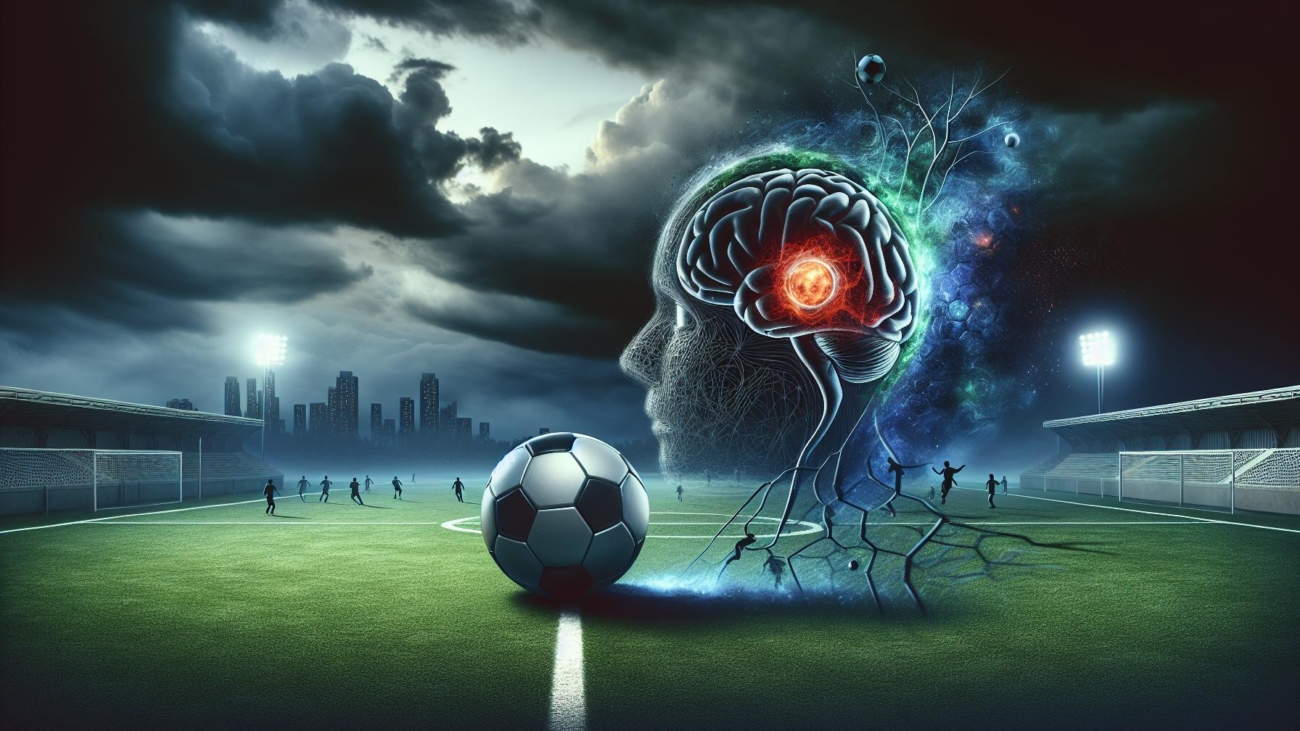The impact of heading a soccer ball may be more harmful to the brain than previously estimated, as indicated by a study set to be presented at the forthcoming Radiological Society of North America (RSNA) annual gathering.
In soccer, ‘heading’ is a common technique where players use their heads to control the direction of the ball. Recent research has suggested a possible link between this repetitive head impact and neurodegenerative diseases, such as chronic traumatic encephalopathy (CTE).
“The potential harm from repeated head impacts in sports might be far more extensive than we previously understood, affecting similar areas in the brain where we’ve observed CTE pathology,” said the study’s senior author, Dr. Michael L. Lipton, a professor of radiology at Columbia University Irving Medical Center in New York. “This raises concerns about the long-term adverse effects of such impacts.”
Previous studies have identified damage to the brain’s white matter in soccer players. However, in this study, Dr. Lipton and his team used a revolutionary approach to an advanced brain imaging technique, diffusion MRI, to examine the microstructure near the brain’s surface.
To understand how repeated head impacts affect the brain, the researchers compared brain MRIs of 352 amateur male and female soccer players, aged 18 to 53, with those of 77 non-contact sport athletes, such as runners.
Soccer players who frequently headed the ball showed abnormality in the brain’s white matter near the sulci, the brain’s deep grooves. These abnormalities are typically seen in individuals with severe traumatic brain injuries.
These abnormalities were most noticeable in the frontal lobe, which is the area most vulnerable to trauma and often affected by soccer heading. Furthermore, a correlation was observed between more frequent head impacts and reduced verbal learning.
“The abnormalities in the white matter are a mechanism through which heading leads to worse cognitive performance,” explained Dr. Lipton.
Interestingly, most of the study’s participants had not had a concussion or been diagnosed with a traumatic brain injury. This suggests that even head impacts not leading to a significant injury can still negatively affect the brain.
“Repeated head impacts among healthy athletes can cause structural brain abnormalities,” said Dr. Lipton. “These abnormalities appear in the areas most characteristic of CTE, impact cognitive learning abilities, and could affect functionality in the future.”
The findings are not only relevant to soccer but also to other contact sports. The researchers emphasize the importance of understanding the risks of repeated head impacts and their long-term potential to damage brain health.
“Identifying the potential risks of repetitive head impacts can help ensure sports are safer, maximizing benefits while minimizing potential harm,” Dr. Lipton added. “The next phase of the study is ongoing and aims to understand the brain mechanisms underlying the MRI effects and potential protective factors.”
This study was made possible through funds from the National Institutes of Health and The Dana Foundation.
